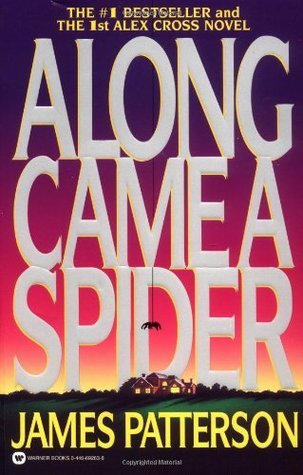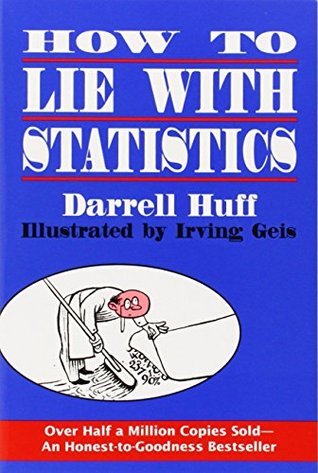Sadako and the Thousand Paper Cranes (Puffin Modern Classics) Book Summary
TL;DR
A poignant story of a young girl's courage and hope in the face of a terminal illness, symbolized by her quest to fold a thousand paper cranes.
What is Sadako and the Thousand Paper Cranes (Puffin Modern Classics) about
Sadako and the Thousand Paper Cranes, written by Eleanor Coerr, tells the true story of Sadako Sasaki, a young girl who develops leukemia due to radiation from the atomic bombing of Hiroshima. The book highlights Sadako's determination and hope as she attempts to fold a thousand paper cranes, inspired by a Japanese legend that grants a wish to anyone who completes the task. The narrative focuses on themes of family, friendship, and the universal desire for peace, making a powerful statement through its simplicity.
Sadako and the Thousand Paper Cranes (Puffin Modern Classics) 6 Key Takeaways
The Impact of War
Sadako's illness is a direct result of the atomic bombing of Hiroshima, illustrating the long-term effects of war on innocent lives.
Hope and Determination
Despite her grim prognosis, Sadako's resolve to fold a thousand paper cranes symbolizes hope and determination in the face of adversity.
Family and Friendship
The strong support from Sadako's family and friends highlights the importance of love and companionship during difficult times.
Cultural Significance
The act of folding cranes is deeply rooted in Japanese culture, representing peace and healing.
Universal Message of Peace
Sadako's story serves as a universal call for peace, reflecting the broader human yearning to end conflict and suffering.
Legacy and Memory
Sadako's story lives on as a symbol of the innocent victims of war, inspiring movements for peace and remembrance.
Top Sadako and the Thousand Paper Cranes (Puffin Modern Classics) Quotes
- “I will write peace on your wings and you will fly all over the world.”
- “Sadako was born to be a runner.”
- “Sadako held the golden crane in her hand and remembered that famous old story about cranes: ‘They never die.’”
Who should read Sadako and the Thousand Paper Cranes (Puffin Modern Classics)?
This book is ideal for young readers, educators, and anyone interested in historical events and their personal impacts. It offers meaningful insights into the human cost of war and the enduring power of hope and resilience.
Sadako and the Thousand Paper Cranes (Puffin Modern Classics) Best Reviews
- “An extraordinary book, one no reader will fail to find compelling and unforgettable.” —Booklist, starred review
- "[The] story speaks directly to young readers of the tragedy of Sadako's death and, in its simplicity, makes a universal statement for 'peace in the world.’” —The Horn Book
- “The story is told tenderly but with neither a morbid nor a sentimental tone: it is direct and touching.” —BCCB
People also liked these summaries
Sadako and the Thousand Paper Cranes (Puffin Modern Classics) FAQs
What is the main idea of Sadako and the Thousand Paper Cranes?
The main idea is to illustrate the tragic effects of war through Sadako's battle with leukemia, highlighting themes of family, friendship, and hope.
Is Sadako and the Thousand Paper Cranes a true story?
Yes, it is based on the true story of Sadako Sasaki, a girl who developed leukemia from radiation caused by the Hiroshima atomic bombing.
What happened at the end of Sadako and the Thousand Paper Cranes?
Sadako continued to fold cranes despite knowing she would not survive. She passed away in October 1955 with her family by her side, leaving a legacy of hope and peace.


